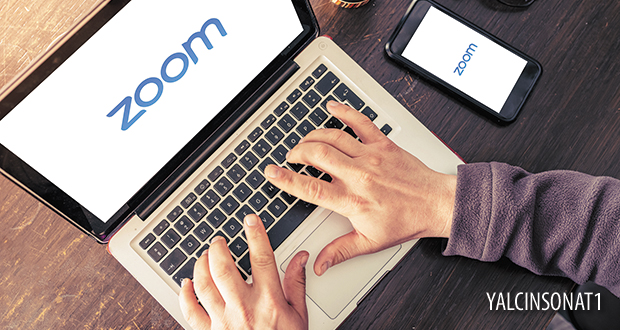
Two independent studies have found that the EEOC’s mediation program — including the transition from in-person to online mediation as a result of the pandemic — has been successful.
Study participants said that they view the EEOC’s voluntary mediation program as highly effective, fair and neutral, and expressed strong satisfaction with the process. The studies also found “near unanimity” in participants’ willingness to participate in the mediation program again in the future.
“The new reports confirm the tremendous success of the EEOC’s mediation program,” said EEOC Chair Charlotte A. Burrows. “While our pivot to online mediation was necessitated by the pandemic, online mediation, like our in-person mediation program, has proven to be very popular and effective. … The EEOC will continue to offer virtual mediation as an option … even after we resume in-person service to the public.”
According to the first study, more than nine out of 10 participants (98% of employers and 92% of charging parties) indicated that they would be willing to participate in the EEOC’s mediation program again if they were a party to an EEOC charge. Nearly 70% of participants reported that they would prefer online mediation to in-person mediation. Participants cited flexibility, convenience, cost savings, and a “safe space” as reasons for preferring online mediation. The second study reported that EEOC mediators found that online mediation is easier to use and more flexible than in-person mediation.
The study also found that virtual mediation achieved similar or better quality and value of settlements for both parties and increased access to justice for charging parties.
The independent studies, using data gathered from 1,234 online participant surveys and 139 mediator surveys, were prepared by E. Patrick McDermott, professor of legal studies and management and department chair at the Franklin P. Perdue School of Business at Salisbury University, and his colleague Ruth I. Obar.
Of the participant surveys, 782 were from employers and employer representatives and 452 were from charging parties and charging party representatives. The researchers compared the results with an external evaluation of EEOC’s mediation program in 2000 as well as EEOC-administered survey responses from June 2018 and July 2019.
“In 2000, we reported that the EEOC had ‘hit a home run’ in its in-person mediation program. Twenty years later, without a playbook on the transition from in-person mediation to online dispute resolution (ODR), there is a similar result with even greater import,” said McDermott. “This ODR program data suggests to the dispute resolution community and to the U.S. legal system that new and flexible online mediation procedures are seen by all the parties and representatives as efficient, flexible, cost-saving, attractive, and preferable to traditional in-person mediation.”
The participant study also found that online mediation significantly increases access to justice for charging parties. About 1 in 5 charging parties do not want to be in the same physical location as their employer and the virtual format provides “a safe space” for those participants. It also provides employers with more flexibility, which makes them more likely to participate in mediation. Nearly two thirds (62%) of employers reported that the availability of online mediation made it more attractive for them to participate in the EEOC’s mediation program.
 New England Biz Law Update
New England Biz Law Update
